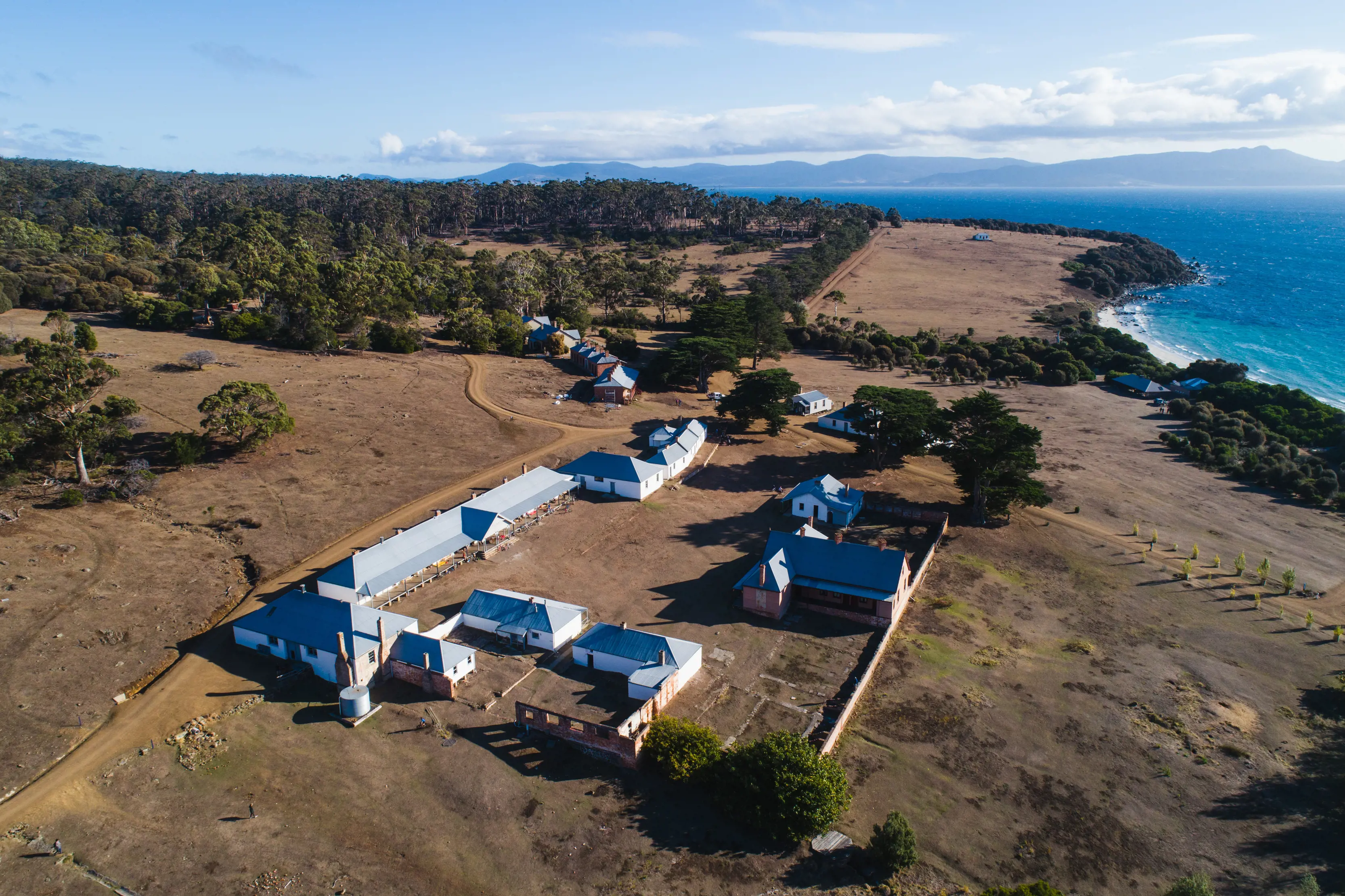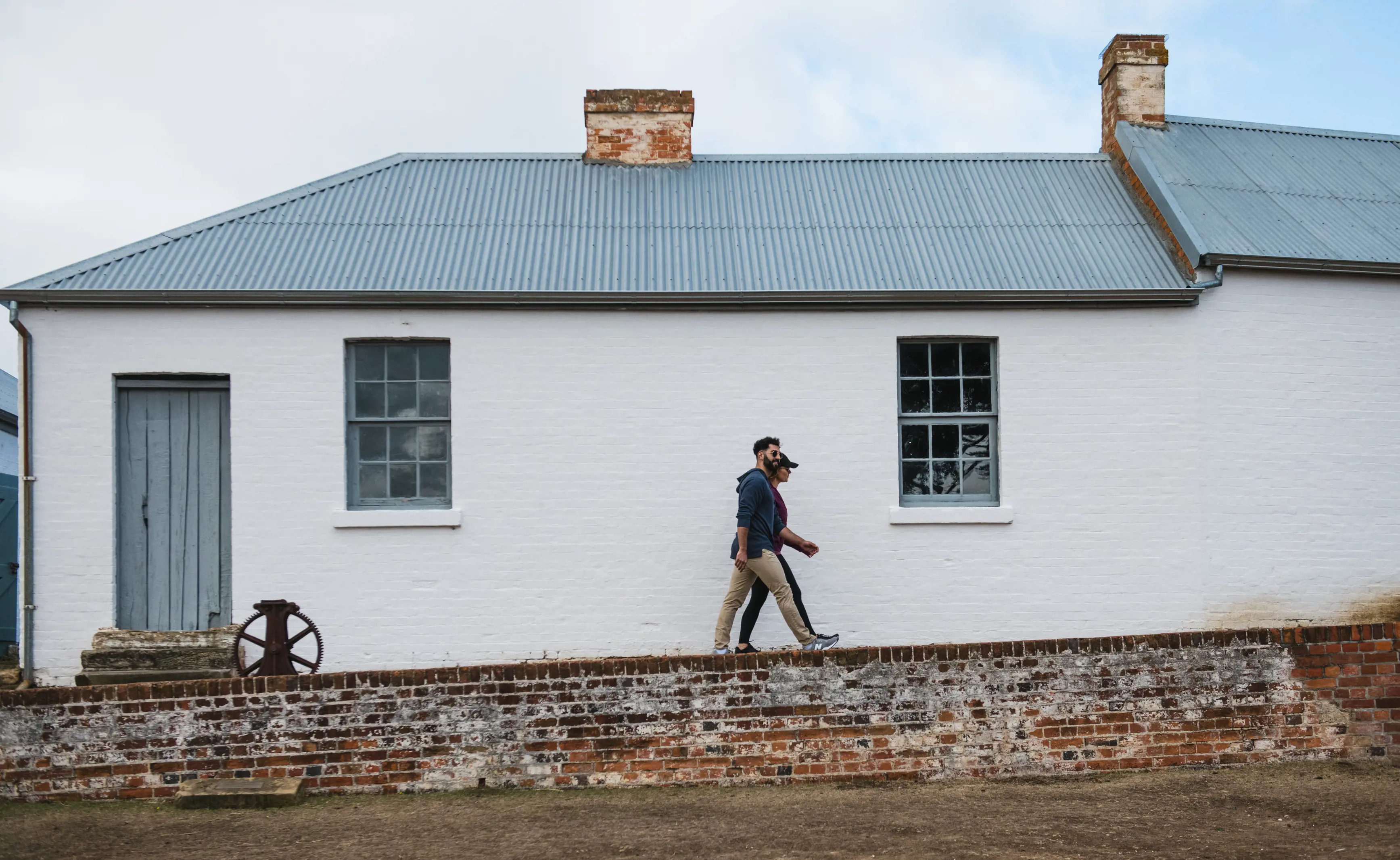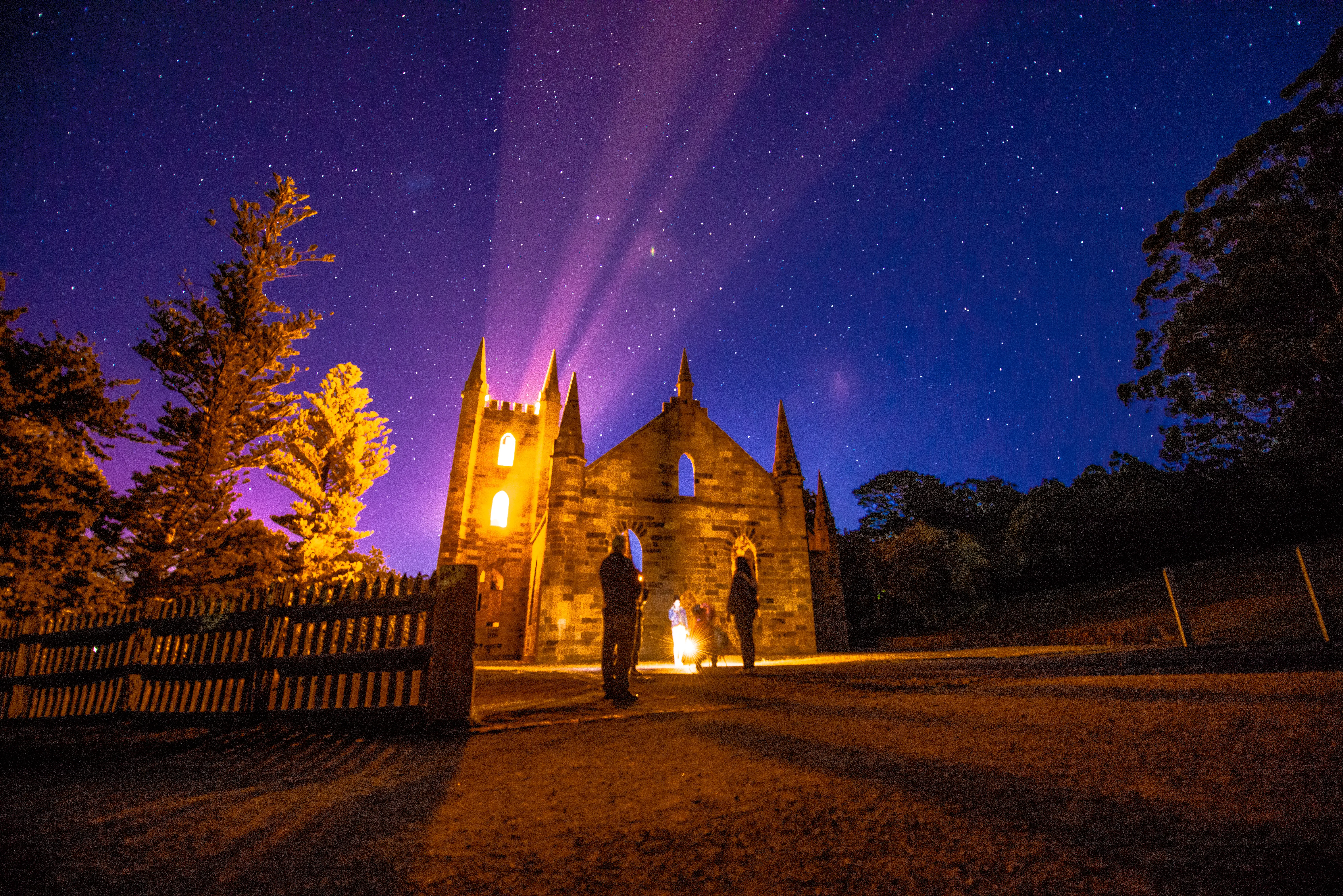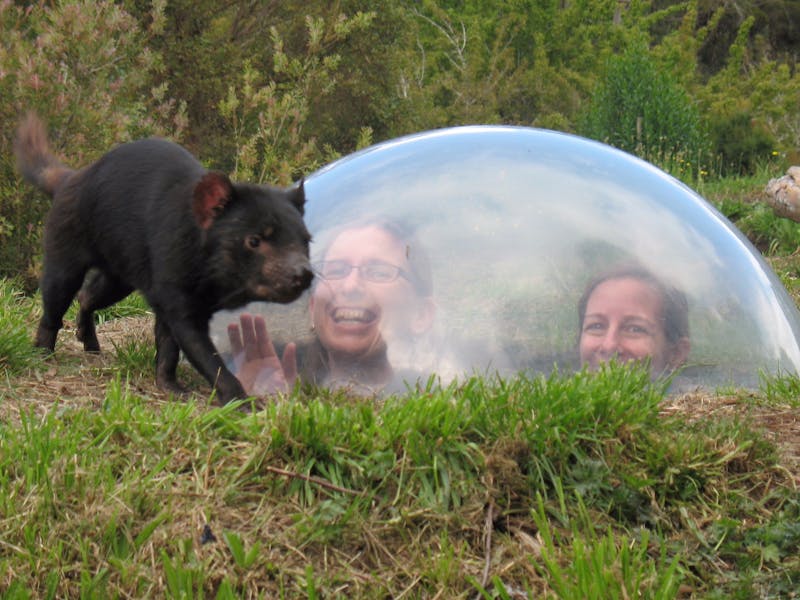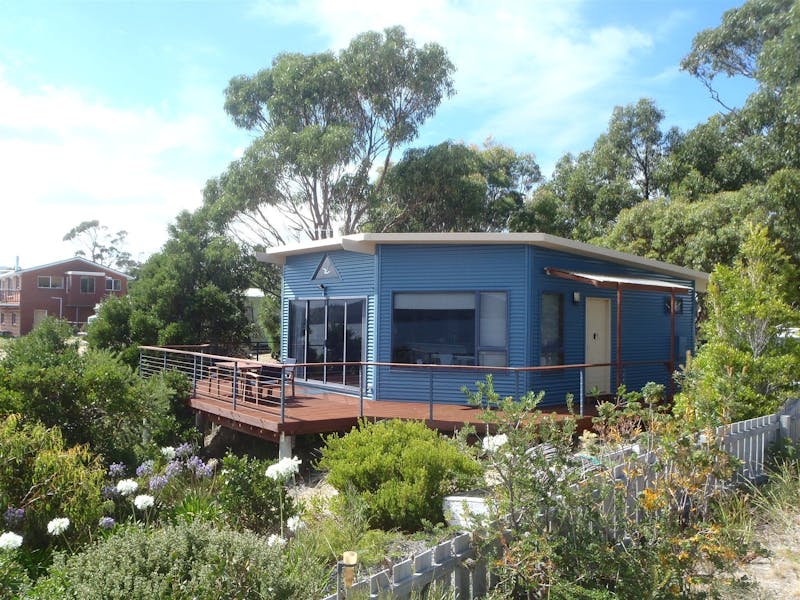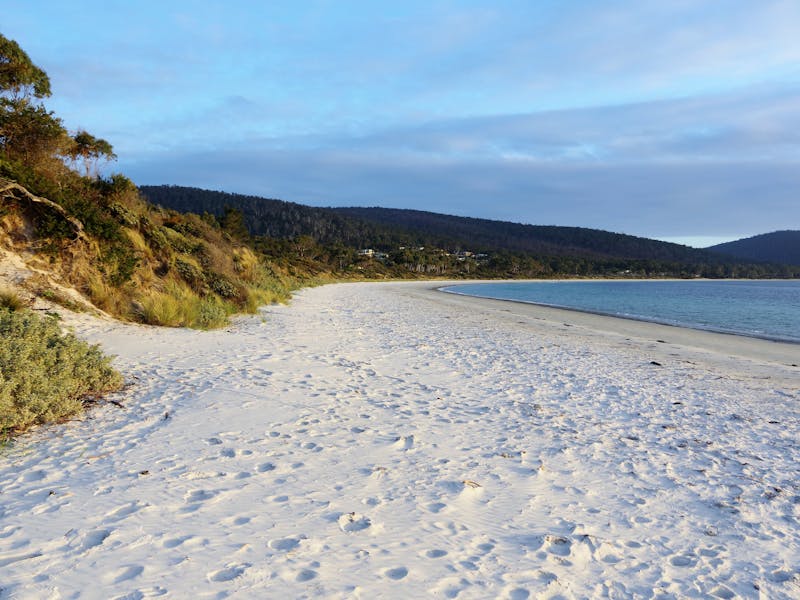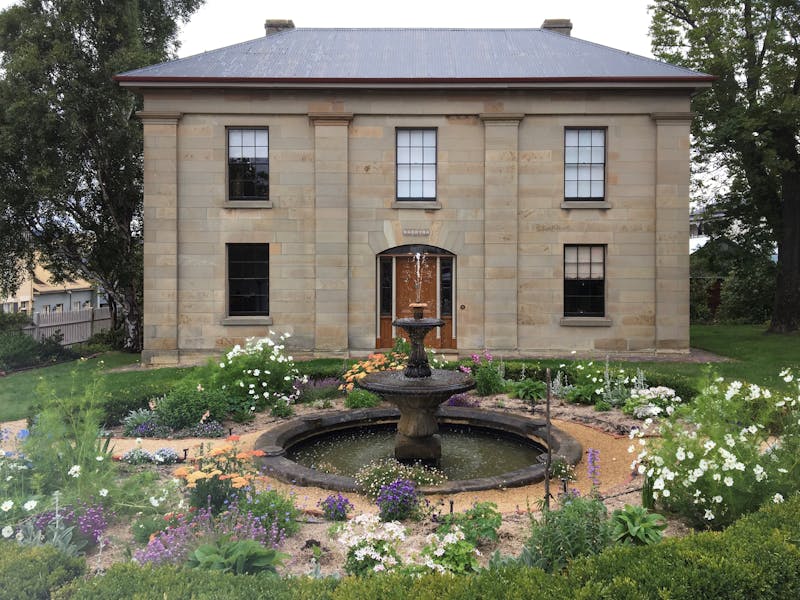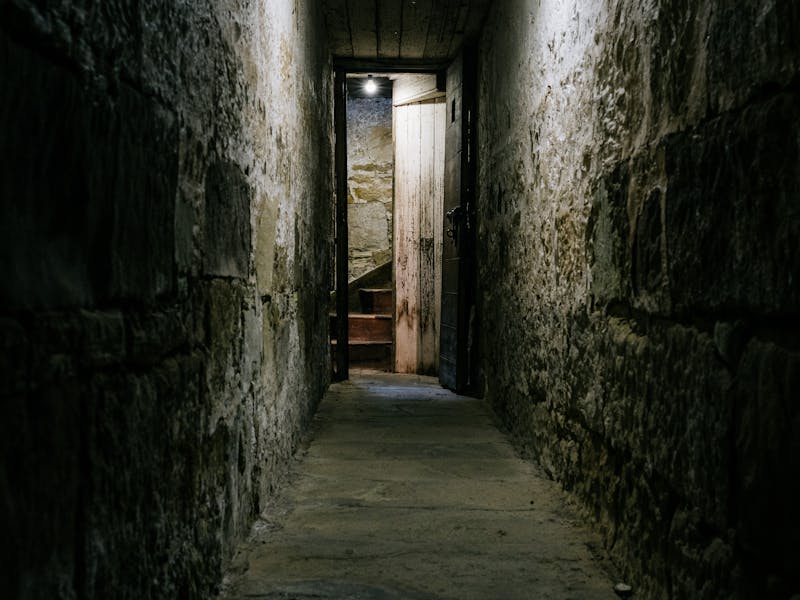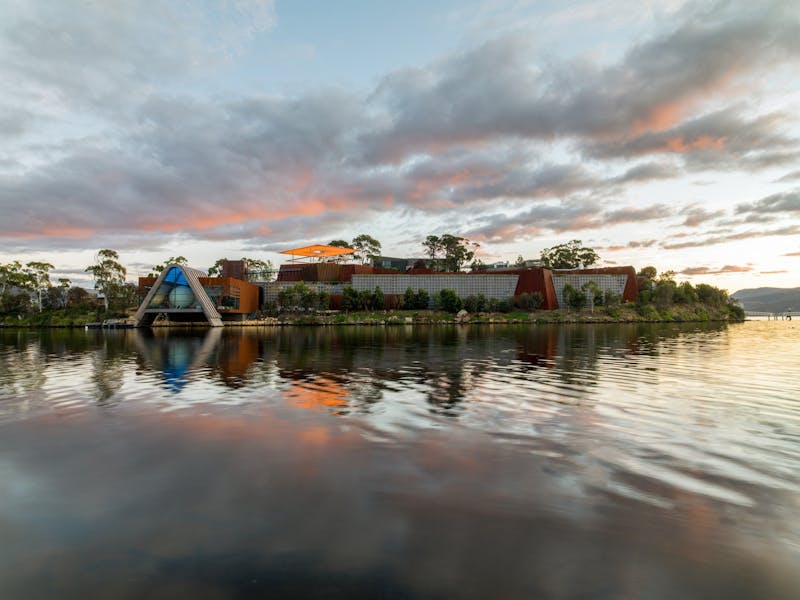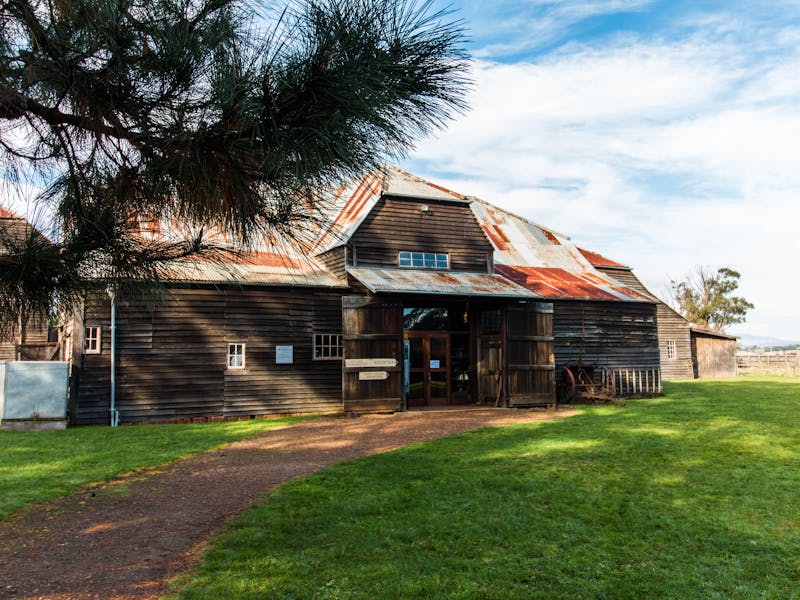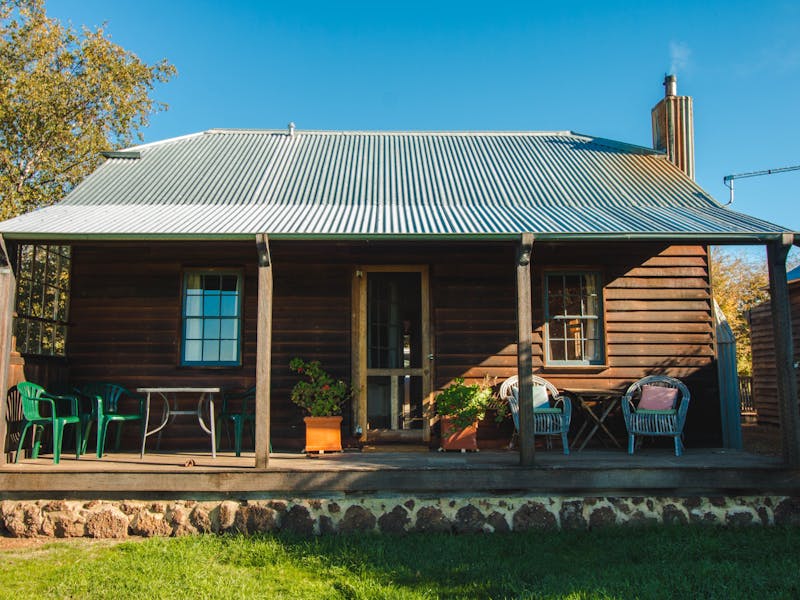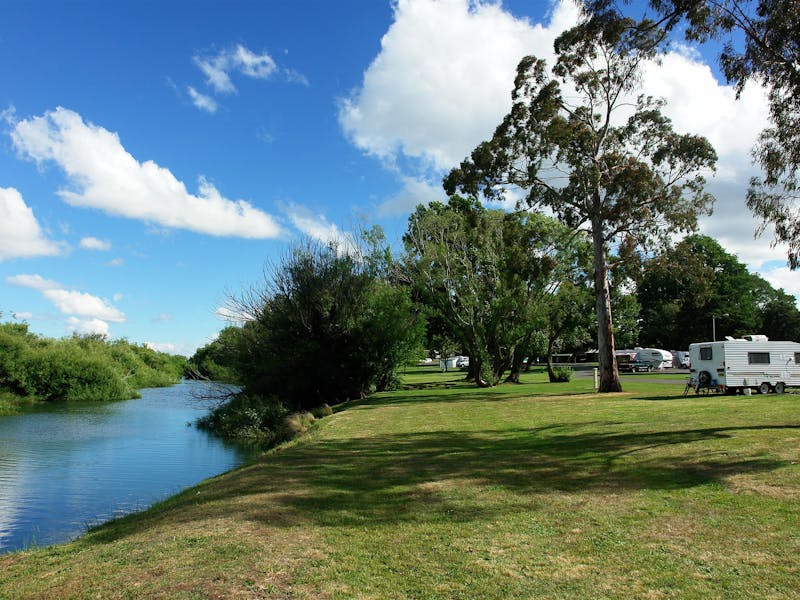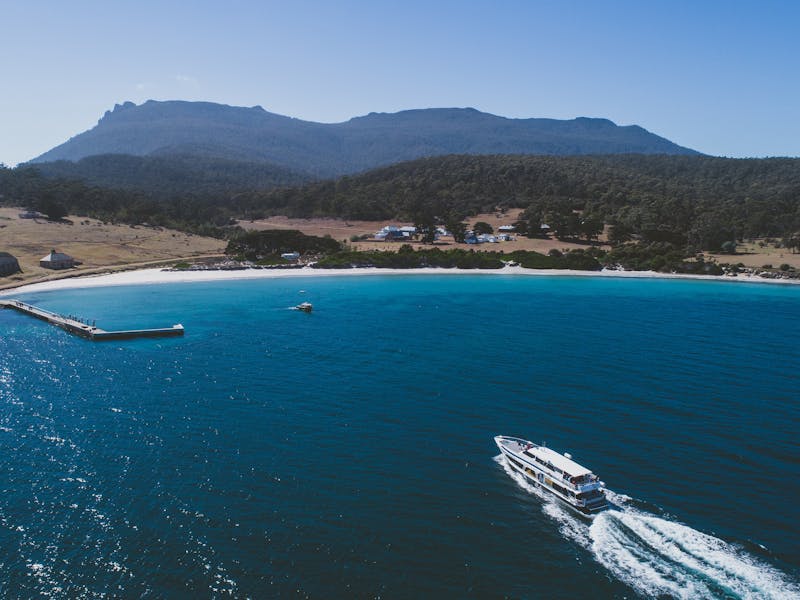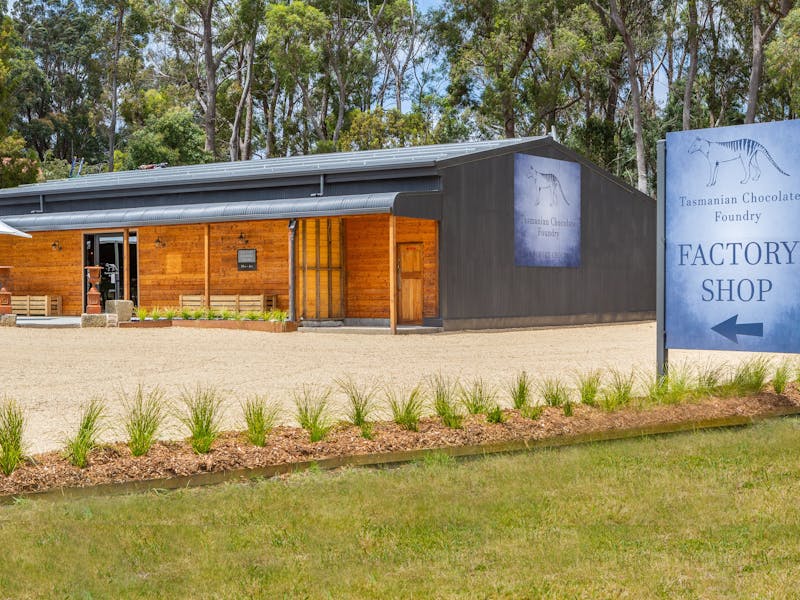
Tasmania’s colonial foundations were built on the blood and labour of convicts.
The evidence of this work is writ large across the state - of the 11 convict sites in Australia with UNESCO World Heritage listing, five are found in Tasmania. This makes the island’s convict history – from the remains of its prisons to the state’s earliest infrastructure – a compelling part of any visit.
Considered by UNESCO to be places of “outstanding universal value”, the sites are: Port Arthur Historic Site and the Coal Mines Historic Site on Turrakana / Tasman Peninsula; the Cascades Female Factory Historic Site in South Hobart; Darlington Probation Station on Maria Island; and side-by-side Brickendon and Woolmers Estate, near Longford in the north.
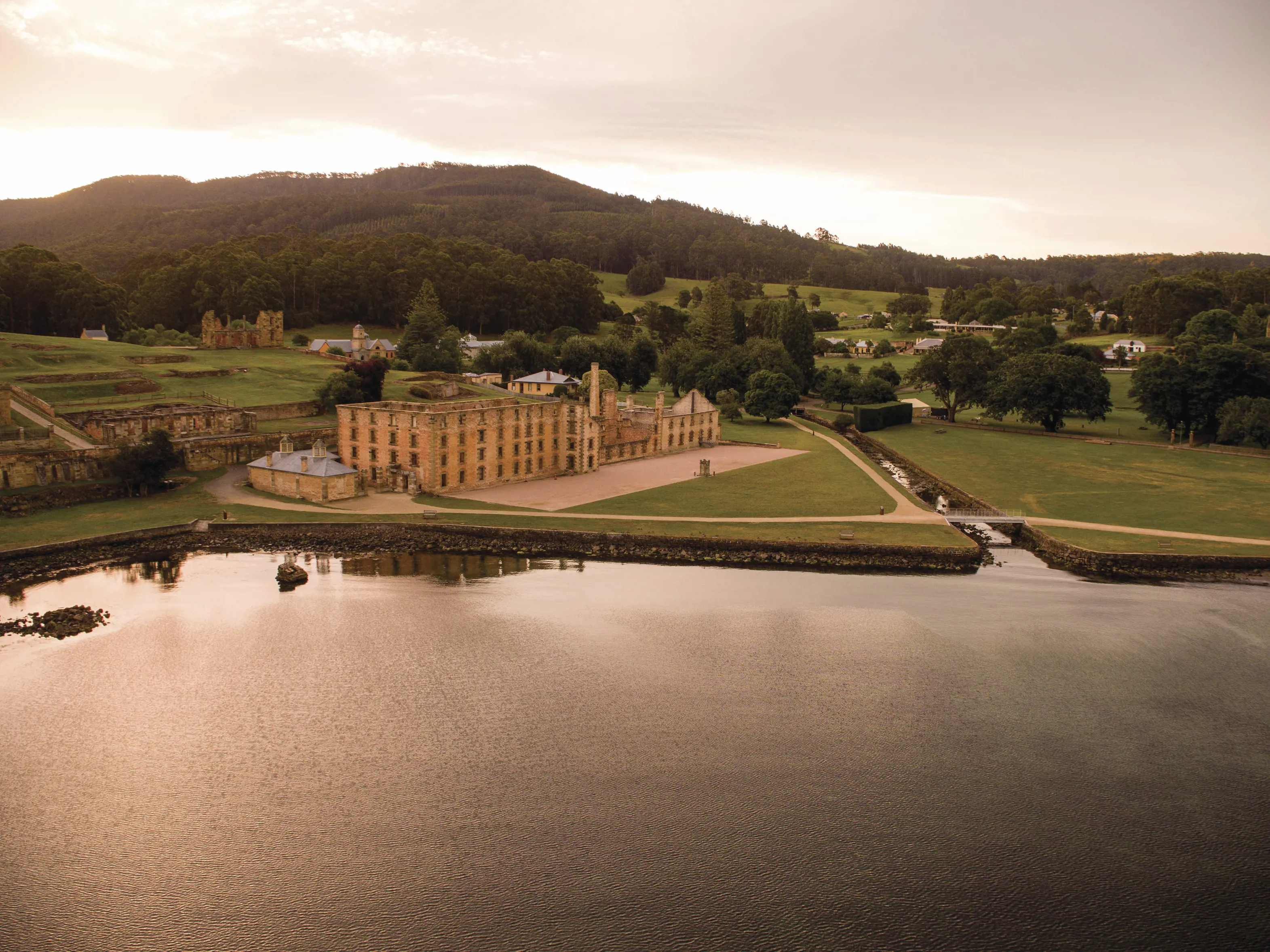
Port Arthur Historic Site
Preserving more than 30 convict-built structures and substantial ruins in a picturesque waterfront setting, the Port Arthur Historic Site is a window on an important chapter in early colonial history.
The Port Arthur penal settlement began in 1830 as a small timber station, and grew to become an industrial prison and penal station for secondary offenders until its closure in 1877.
Lieutenant-Governor George Arthur envisaged Port Arthur as a "place of terror" that would combine hard labour and surveillance, producing goods for the colony – such as timber, shoes and fresh produce – and useful, law-abiding citizens.
Where
The Port Arthur Historic Site is on Turrakana / Tasman Peninsula, a 90min drive (95km) south-east of Hobart.
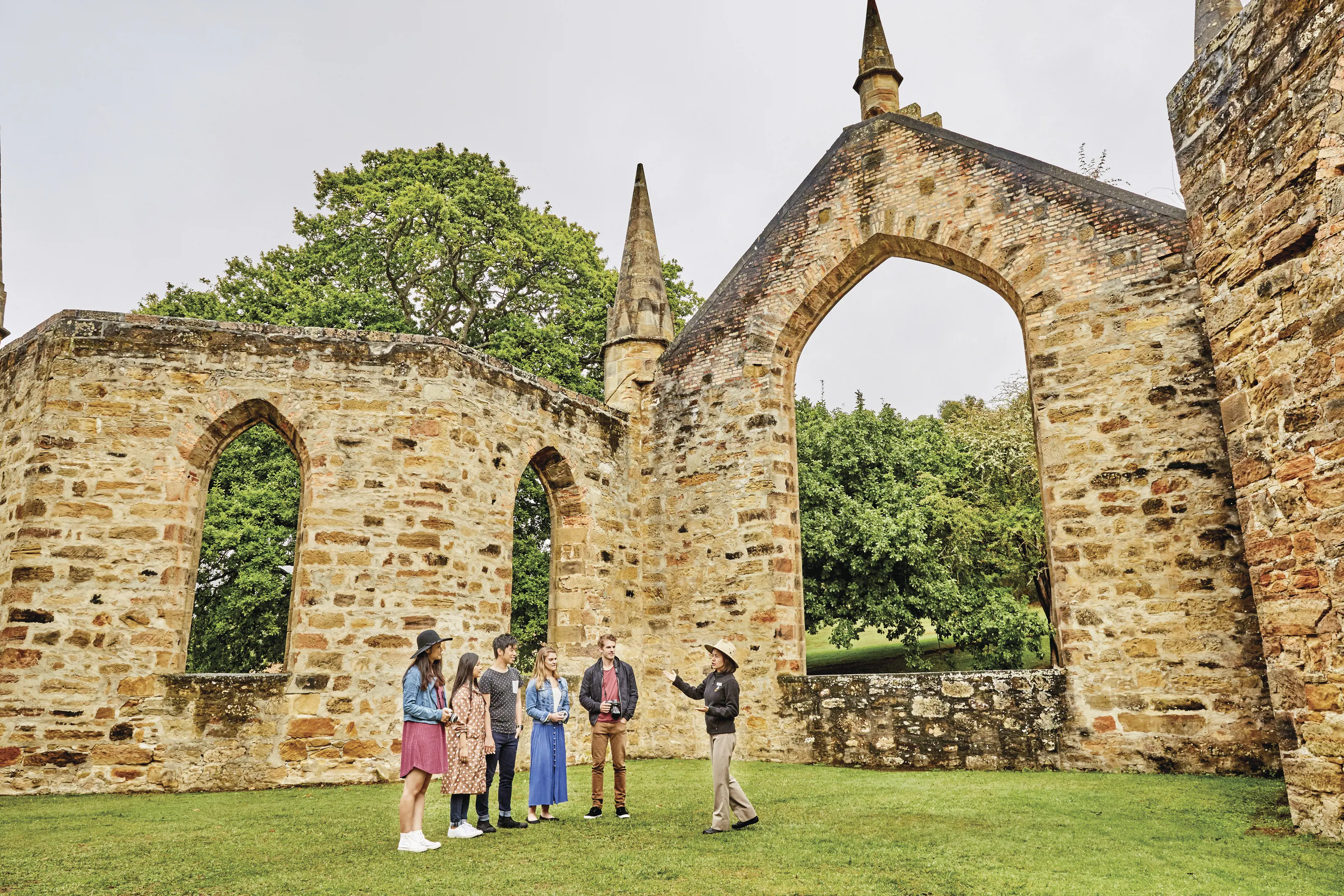
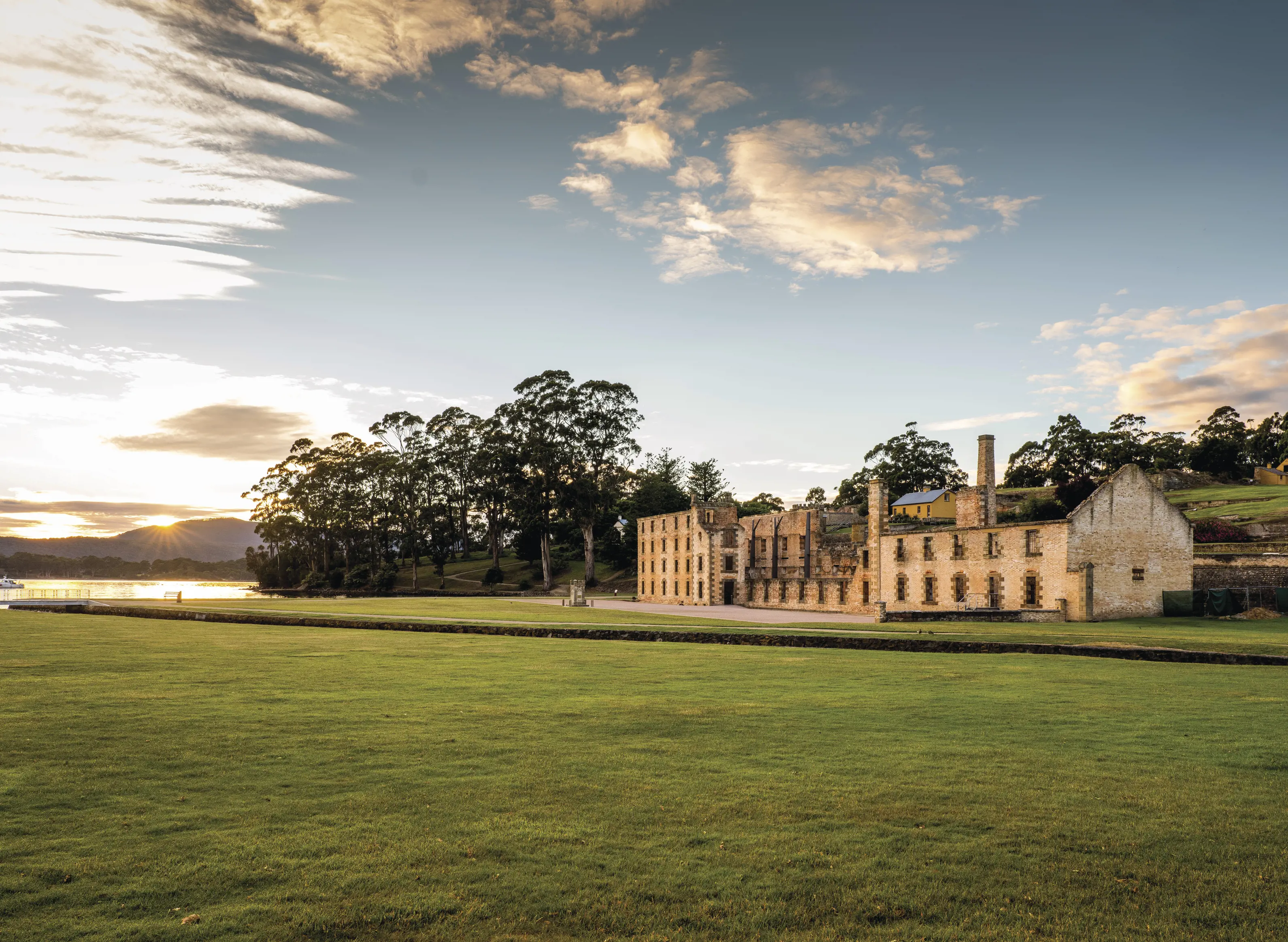
Penitentiary, Port Arthur Historic Site
Coal Mines Historic Site
Flanked by Norfolk Bay, the Coal Mines Historic Site features the remains and ruins of Tasmania’s first operational mine. Regarded as critical to the self-sufficiency of the young colony, the mines operated as a penal colliery from 1833 to 1848.
At the peak of operations, the site housed 500 convict workers and 100 other residents, including officers, guards and their families. In 1840 it became one of several probation stations that were used to separate and discipline male convicts.
Among the evocative ruins are prisoner accommodation, an officers' barracks with dormitory, and solitary cells.
Where
The Coal Mines Historic Site is on Turrakana / Tasman Peninsula, a 1hr 35min drive (105km) south-east of Hobart.
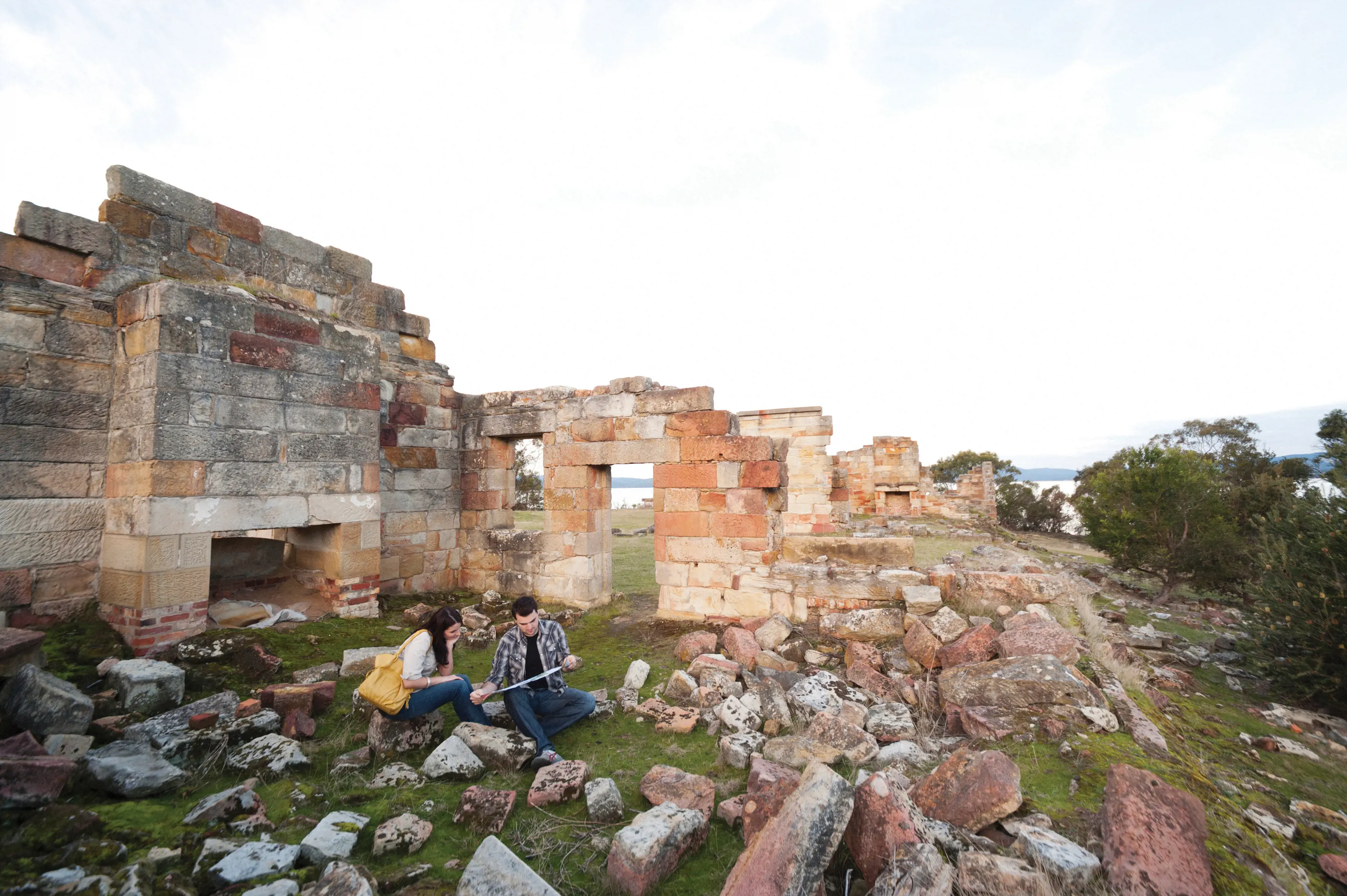
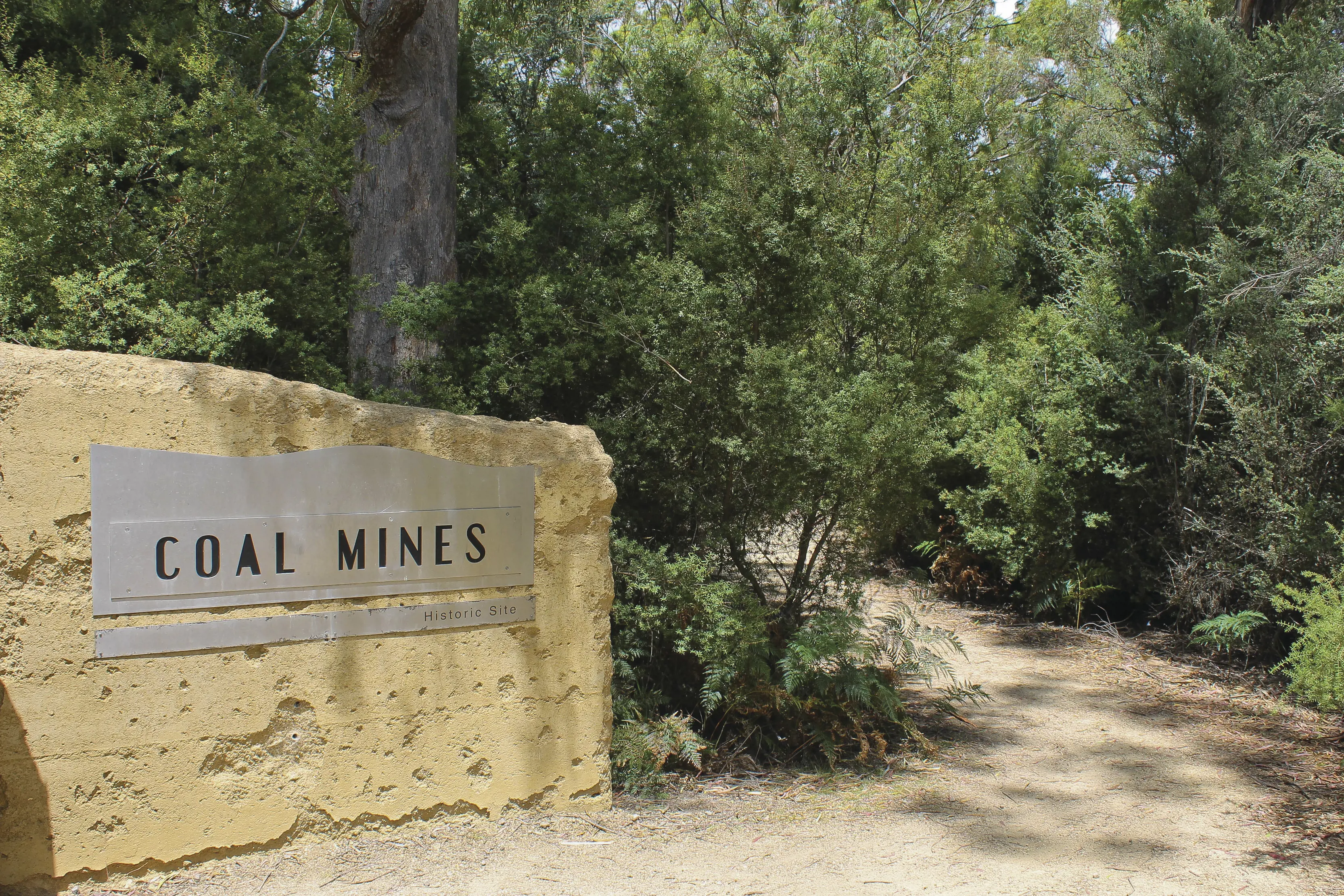
Cascades Female Factory
An estimated 13,500 female convicts were transported to Tasmania to serve their sentences between 1803 and 1853.
Many of them ended up at the Cascades Female Factory, which operated as a prison and workhouse from 1828 to 1856 at the base of kunanyi / Mount Wellington, in what is now the suburb of South Hobart.
Kept at a distance from the main colony to remove them from the temptations and “negative influences” of Hobart, the inmates helped clothe, clean and nurse the young settlement. More than 5000 female convicts, some as young as 11, spent time here, and their stories are told in a new interpretive centre and through regular guided tours, audioscapes and performances.
Once their sentences were complete and they were released into the community, many former convicts married and had families, and their presence was considered to have a stabilising effect on the colony.
The factory retains three of its original five yards, the matron's cottage, and substantial ruins of the perimeter wall. It’s one of the most intact female convict sites in Australia.
Where
Cascades Female Factory Historic Site is on Degraves St, South Hobart, 4km west of Hobart’s CBD.
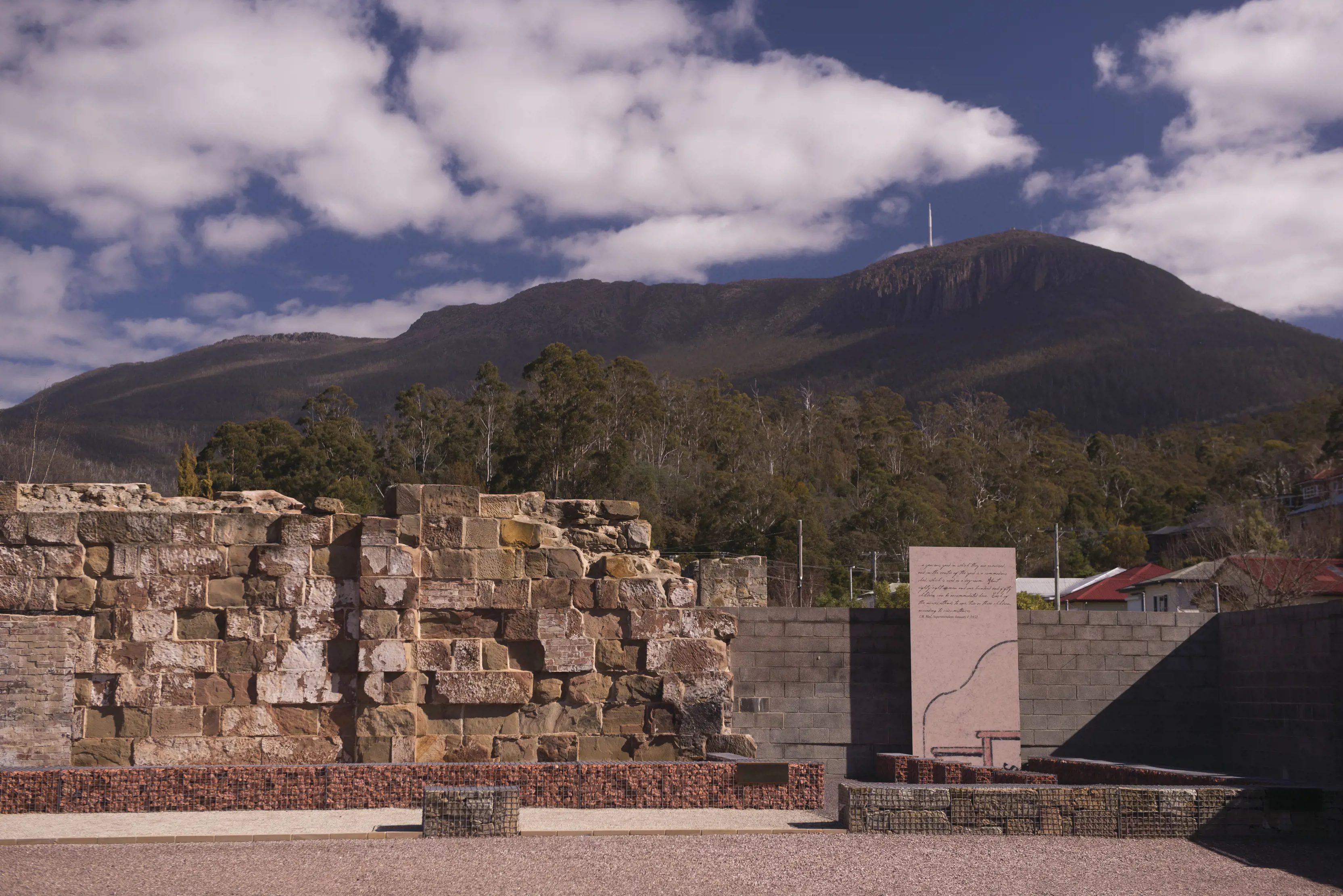
Brickendon and Woolmers Estate
Brickendon and Woolmers Estate are neighbouring farming estates on the Macquarie River near Longford in northern Tasmania. Both estates operated with convict labour assigned to “private masters” from the early 1820s to the 1850s.
The 420-hectare estate of Brickendon is still owned by the descendants of the founding Archer family and features 20 timber and brick buildings – many built by convicts – including the original blacksmith shop and a Gothic 1850s chapel.
Woolmers Estate has 18 buildings and structures in a 13ha rural setting, including a magnificent rose garden and Australia's oldest operating shearing shed.
Where
Brickendon and Woolmers Estate are a 20min drive (25km) south of Launceston, and a 2hr 10min drive (185km) north of Hobart.
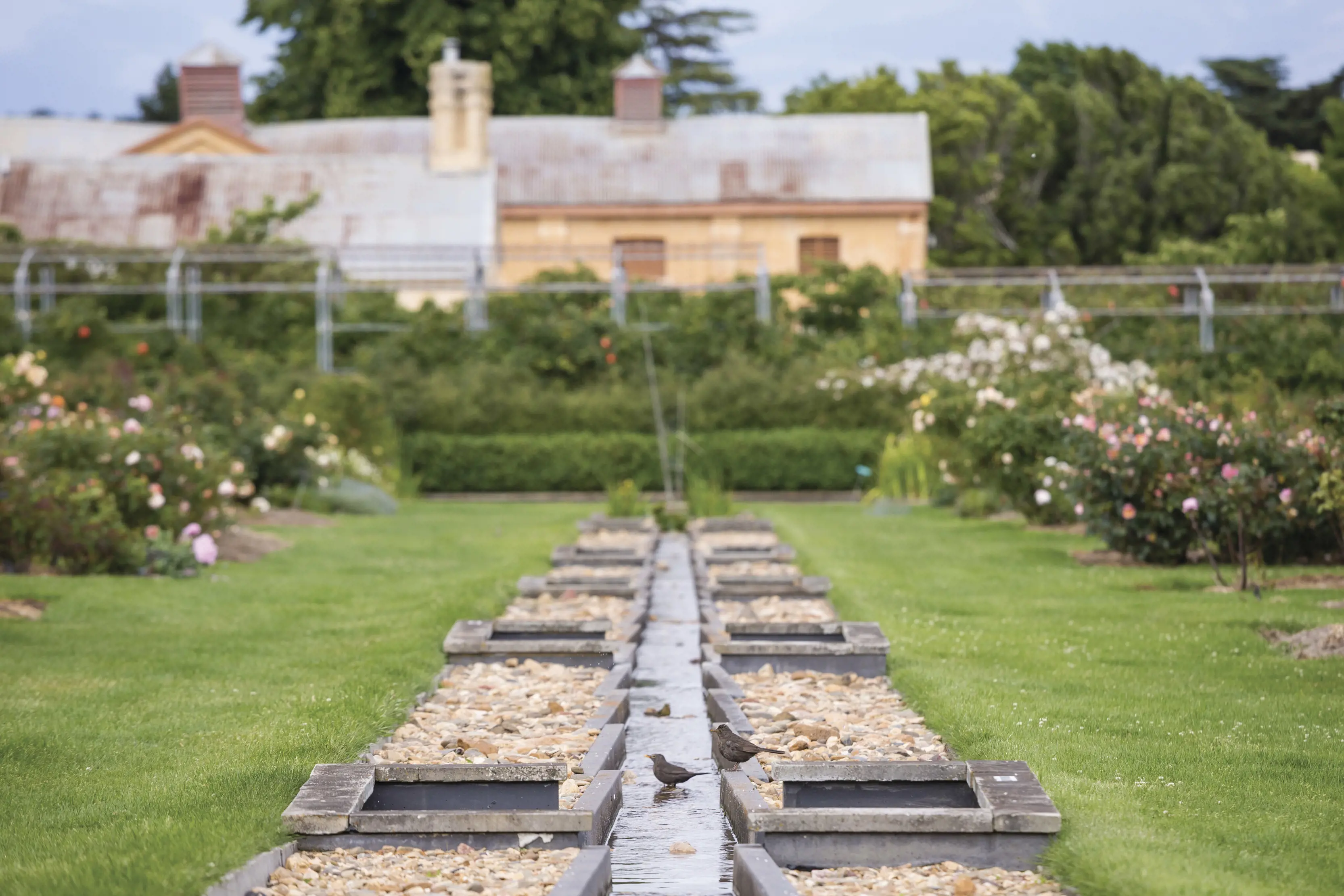
Darlington Probation Station
The isolation of Maria Island, off Tasmania’s east coast, made it an ideal convict prison and later probation station. From 1825 to 1832, Darlington housed male convicts, intended to relieve pressure on other penal settlements as increasing numbers of prisoners arrived. In 1842 it became a probation station, where convicts were withdrawn from private service and placed in government stations, during the final phase of convict management in eastern Australia.
It’s considered the most representative and intact example of a probation station in Australia and includes 14 convict buildings and substantial ruins that reflect the key features of the early probation system in Van Diemen's Land, as Tasmania was then called.
Most of the buildings are Georgian style: simple and functional, with whitewashed brick walls and very little decoration.
Where
Darlington Probation Station is in Maria Island National Park, a 30min ferry ride from Triabunna, which is a 75min drive (85km) north-east of Hobart, and a 2hr 15min drive (185km) south-east of Launceston.
